This has been a good week for moth adventures. Two female Promethea hatched from the cocoons Ian and I found last winter, they mated, and now I have lots of eggs. And several more of my captive moths hatched, so I finished some life cycles.
Prometheas are smaller than Cecropias and Polyphemus moths – their wingspans are about 4 inches. And they are sexually dimorphic – the males and females look different. Females are red and brown – they look a little like small Cecropias. Males are velvety black, with broad patterned borders.
A female Promethea
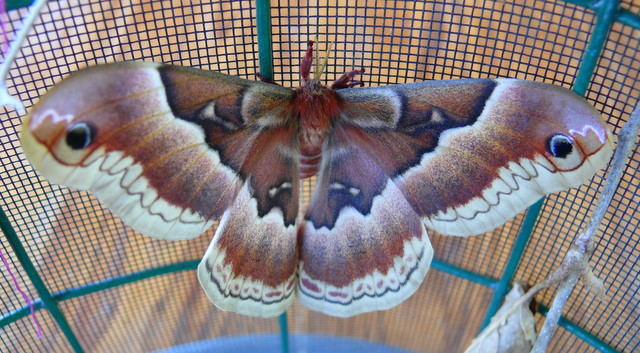
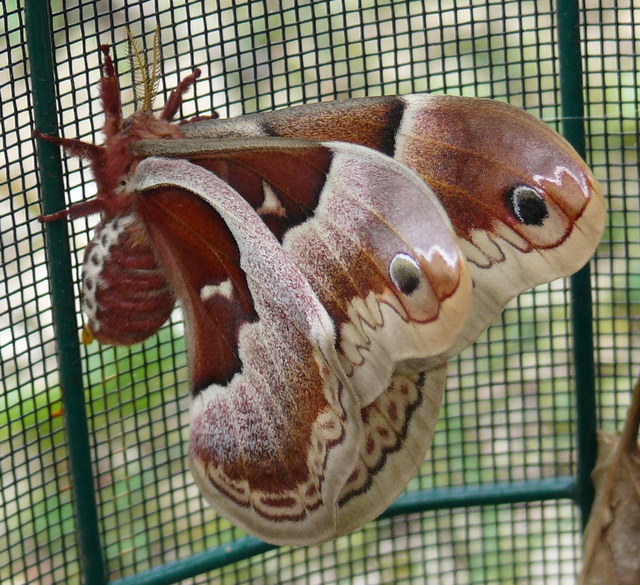
Male Promethea
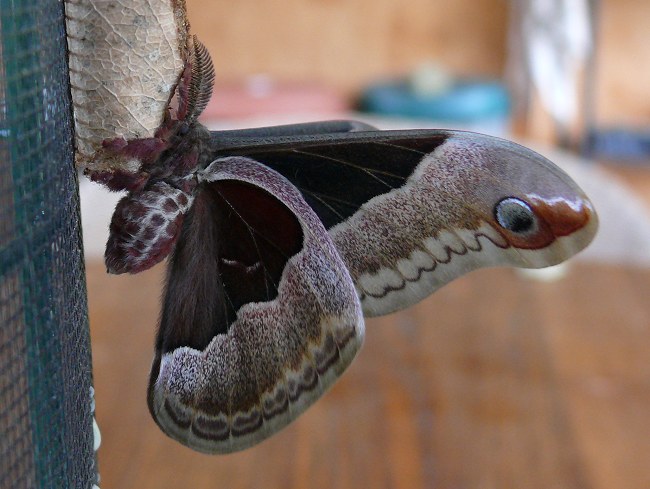
Prometheas mate during the day – usually in the late afternoon. The first female I had called in three males at about 3:30 pm. I was expecting the second female to have the same pattern, but by 4:30, no males had shown up. I gave up and went off to do other things. Then at 6:30 I noticed 3 males banging against the screens on the porch. I brought the female outside, and one of the males flew in to mate.
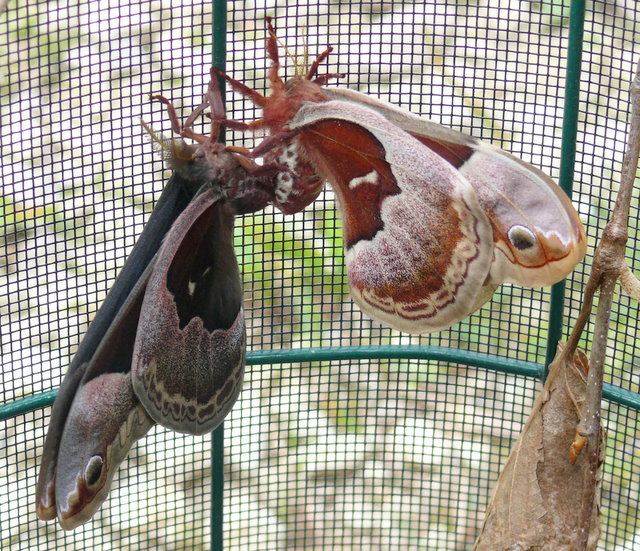
Now I have eggs for the next generation.
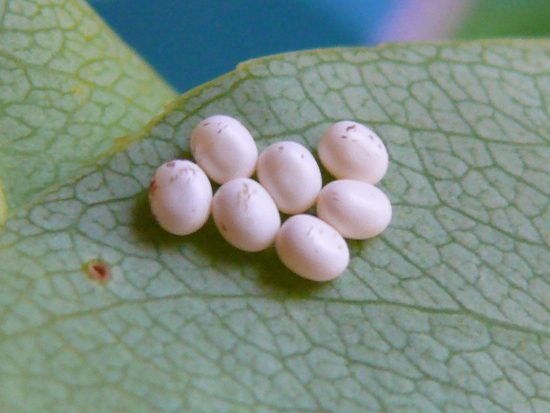
Here are some more recent moth finds.
The Herald
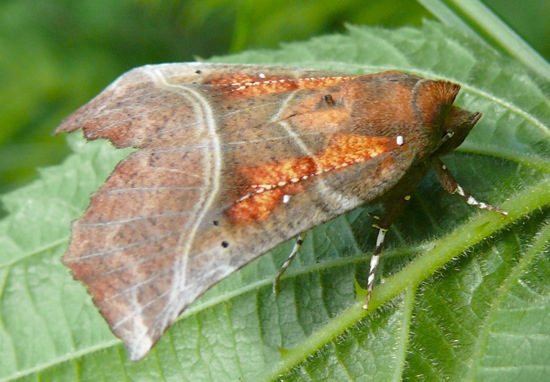
The Beggar
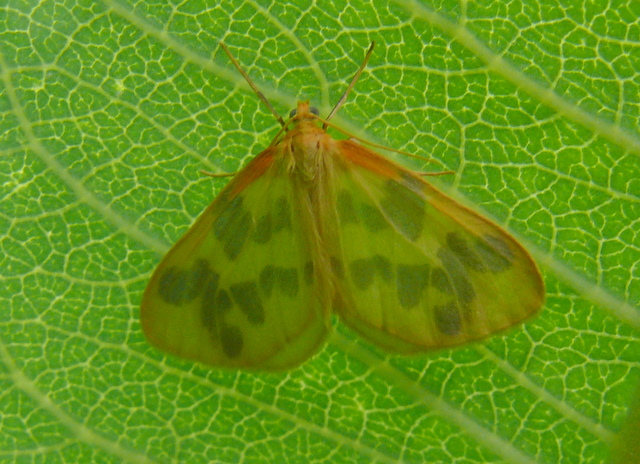
I love these moth names! I think they’re old names, but I can’t find out much about where they came from.
Here’s another moth that hatched from a larva that I raised – with a link to the full life cycle. It’s called The Neighbor.
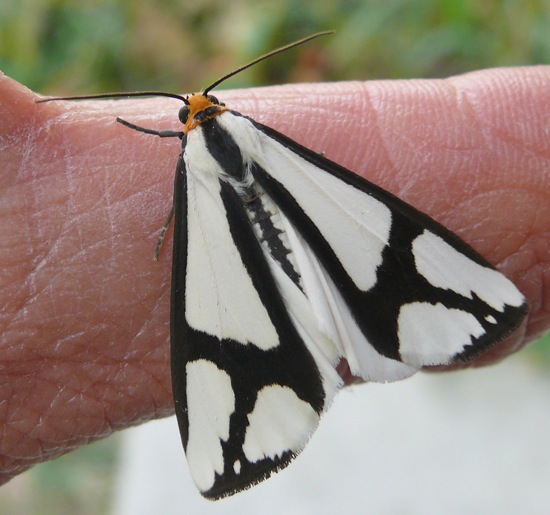
This is a Plume Moth – I don’t know the species. Plume moths all have this distinctive shape – like tiny airplanes.
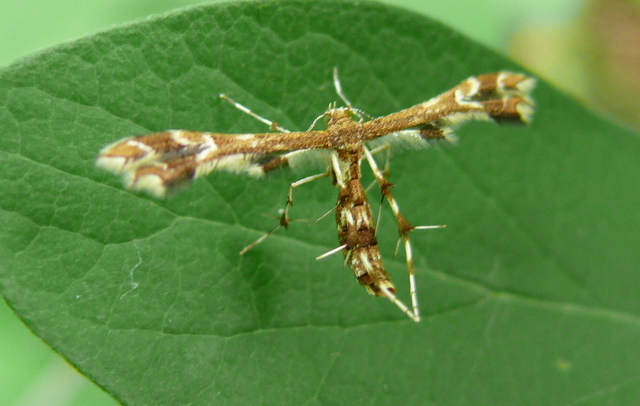
And here are some of my Polyphemus moth caterpillars – eating oak. I tried some of the caterpillars on birch leaves this year, but they much prefer oak. If I put both kinds of leaves in the cage, all the caterpillars end up on the oak leaves.
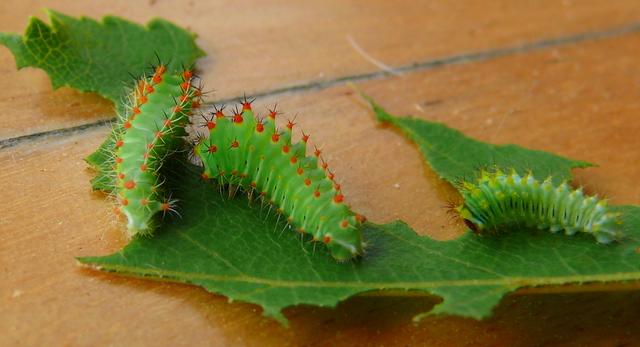
Here are a few butterflies.
A Monarch caterpillar on milkweed in the wetland
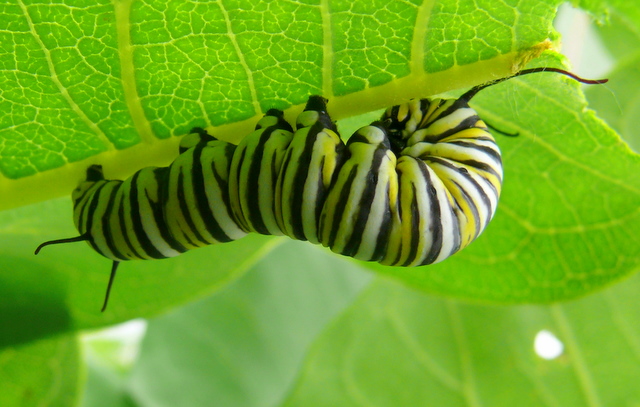
A very friendly Hackberry Emperor
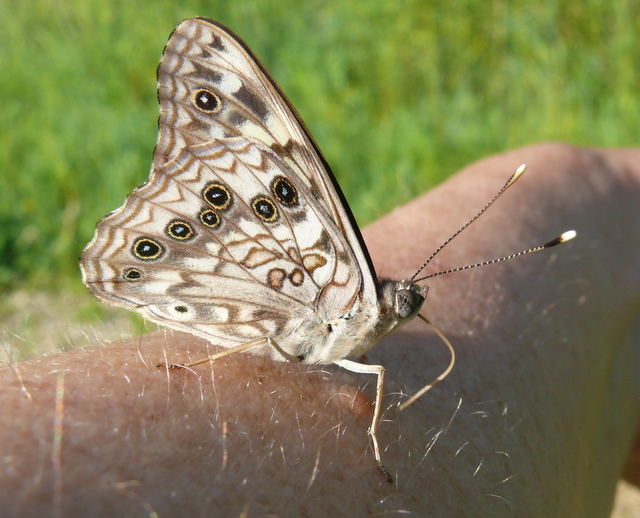
Tawny Emperor
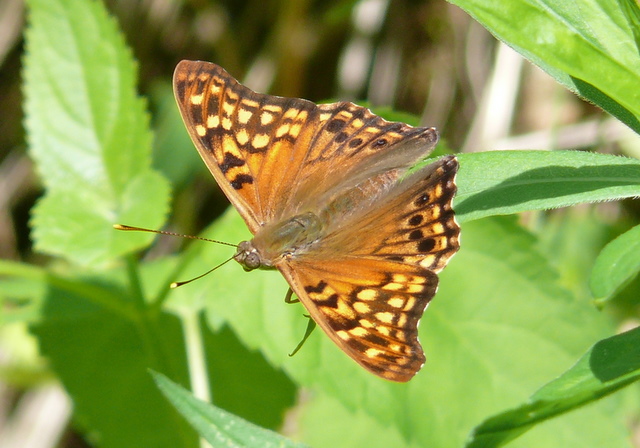
Baltimore Checkerspot – one of the most spectacularly colored butterflies
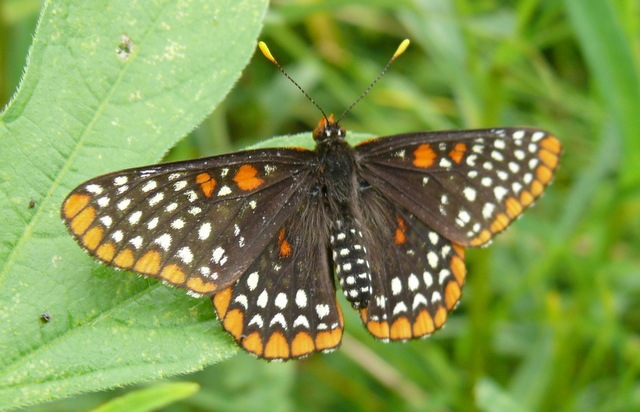
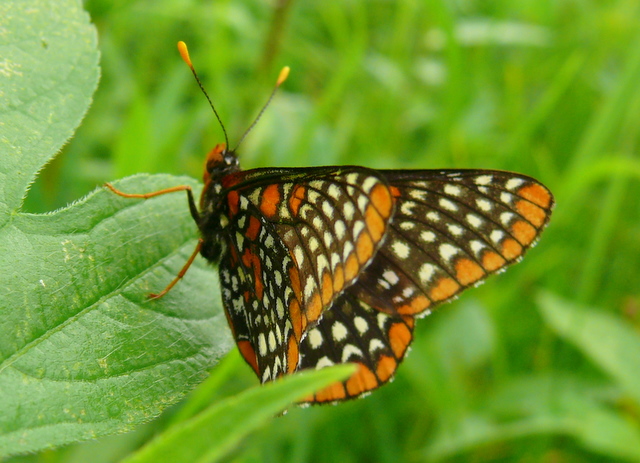
Spiderwort is still blooming in the prairies. It’s had a long blooming season this year – maybe because of the cool weather.

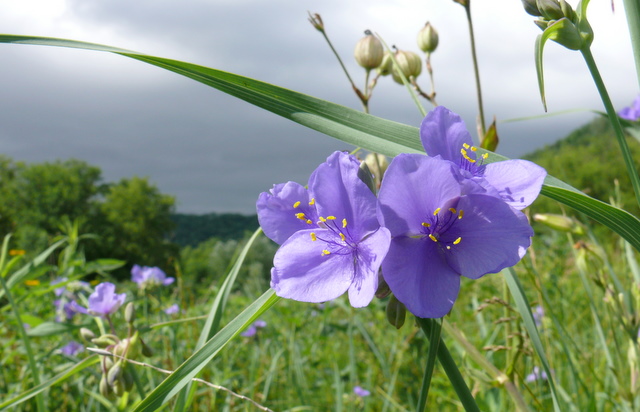
Pat’s Prairie

